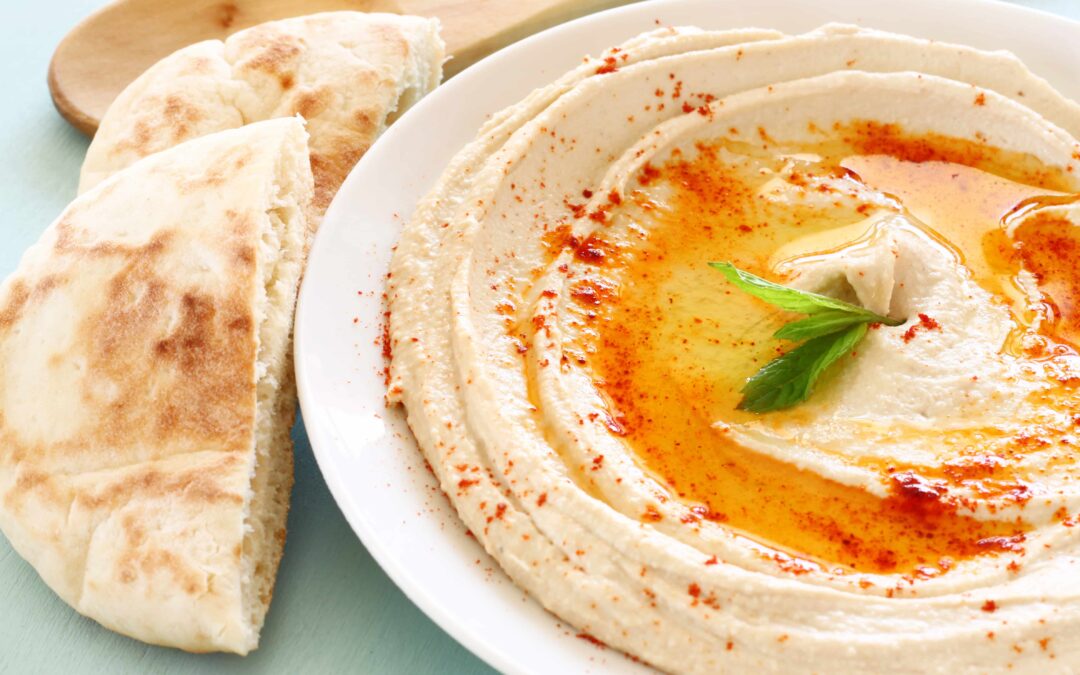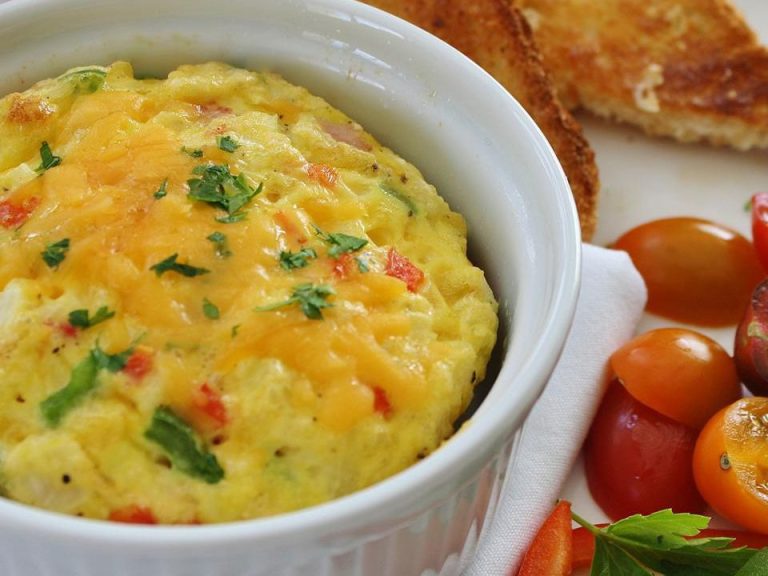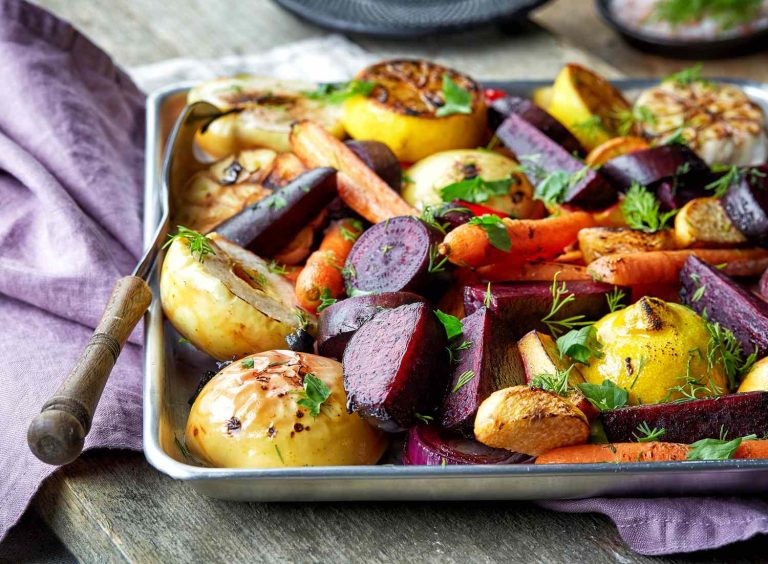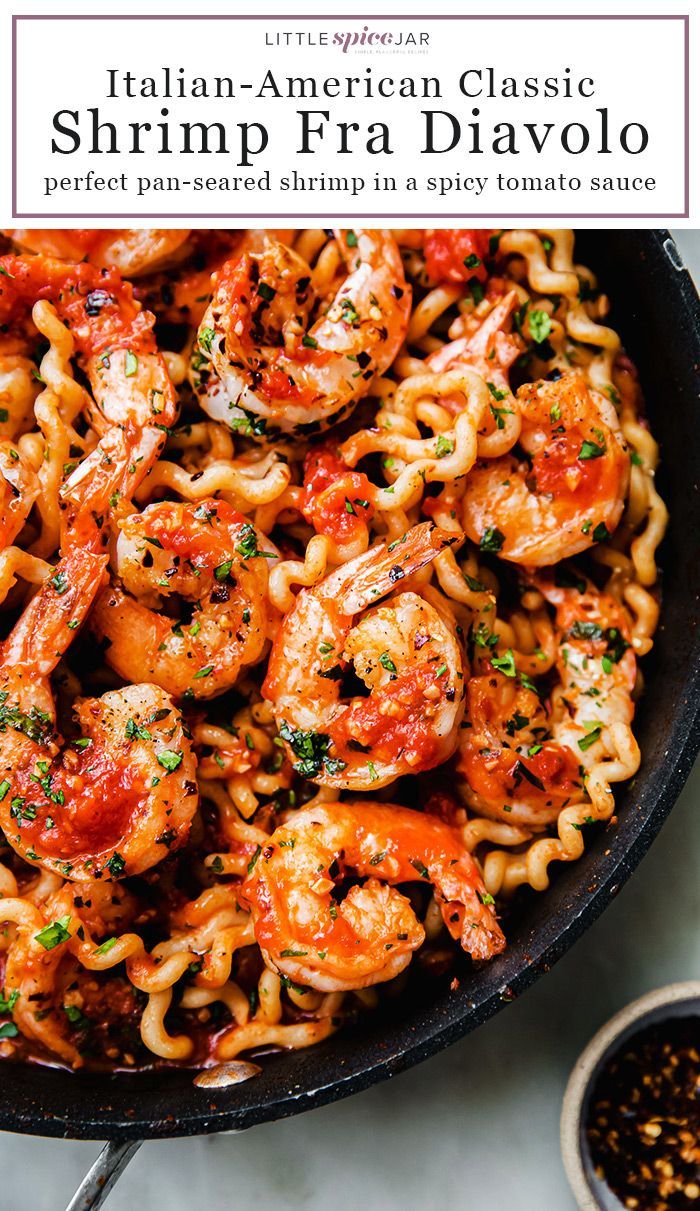Garlic Bread Spread: Origins, Recipes, and Health Benefits
Garlic bread has a rich history tied to Mediterranean cuisine. Ancient Romans enjoyed a form of garlic-flavored bread as part of their diet. Key ingredients like garlic and olive oil were staples in Roman recipes. Over time, the concept spread throughout Europe. In the 20th century, Italian immigrants introduced garlic bread to the United States, where it evolved to include butter, parsley, and other herbs.
Cultural Significance
Garlic bread spread holds considerable cultural significance. In Italy, it’s often served as bruschetta. Different versions appear in various European countries, each adding local flavors and ingredients. In American cuisine, garlic bread is a popular side dish for pasta and pizza meals. The spread’s role in culinary traditions showcases its versatility and enduring popularity.
Key Ingredients of Garlic Bread Spread
The Role of Garlic
Garlic imparts the signature flavor to garlic bread spread. Minced fresh garlic provides a robust taste, while garlic powder offers a subtler, more consistent flavor. Fresh garlic’s aroma and health benefits, which include antioxidants and antimicrobial properties, get amplified when minced and combined with fats. However, always ensure the garlic is finely minced to avoid overpowering chunks.
Choosing the Right Butter or Alternative
Butter provides the creamy base for traditional garlic bread spread. High-quality dairy butter enhances the flavor and texture, melting perfectly over the bread. For a healthier or dairy-free version, consider using alternatives like margarine or olive oil. Olive oil, particularly extra virgin, adds a rich taste and beneficial fats, while margarine offers a comparable creaminess for those avoiding dairy.
Additional Flavor Enhancers
Herbs, spices, and cheeses elevate the garlic bread spread. Common herbs include fresh or dried parsley, basil, and oregano, which add color and complexity. Spices like black pepper and red chili flakes introduce heat and depth. Cheese, such as Parmesan or mozzarella, provides a savory note and a delightful melt. Sprinkle in a touch of sea salt to balance flavors if needed.
How to Make Homemade Garlic Bread Spread
Step-by-Step Instructions
Creating homemade garlic bread spread involves straightforward steps. Start by gathering ingredients: fresh garlic cloves (4-6), unsalted butter (1/2 cup), olive oil (2 tablespoons), finely chopped parsley (2 tablespoons), grated Parmesan cheese (1/4 cup), and salt (to taste).
- Prepare Garlic: Mince garlic cloves finely.
- Soften Butter: Leave unsalted butter at room temperature until soft.
- Mix Ingredients: In a bowl, combine softened butter, minced garlic, olive oil, chopped parsley, grated Parmesan cheese, and a pinch of salt.
- Blend Thoroughly: Use a fork or a mixer to blend until the mixture is smooth.
- Apply Spread: Evenly spread the mixture onto slices of your preferred bread.
- Bake to Perfection: Preheat oven to 375°F (190°C). Place bread slices on a baking sheet and bake for 10-15 minutes until golden brown.
Tips for the Perfect Spread
Consider these tips to elevate your garlic bread spread.
- Use Fresh Ingredients: Fresh garlic and parsley enhance flavor profiles more than dried alternatives.
- Control Garlic Intensity: Adjust garlic quantity based on your taste preference. More garlic adds a bolder flavor.
- Maintain Butter Consistency: Ensure butter is soft, not melted, to facilitate even spreading.
- Experiment with Herbs: Add rosemary, thyme, or chives to diversify flavor.
- Cheese Variations: Substitute or combine Parmesan with mozzarella, cheddar, or Asiago for a richer taste.
- Olive Oil Integration: Olive oil boosts the spread’s smooth texture and adds healthy fats.
- Storage and Freshness: Store leftover spread in an airtight container in the fridge, use within a week for optimal taste.
Best Ways to Use Garlic Bread Spread
Classic Garlic Bread
Spread garlic bread spread on slices of French or Italian bread. Bake in an oven preheated to 375°F for 10 minutes, or until the bread looks golden and crispy. Enhance the flavor by adding grated Parmesan cheese or fresh parsley before baking. Serve hot alongside pasta dishes or soups.
- Pizza Base
Use garlic bread spread as a base on pizza dough, then add toppings like mozzarella, pepperoni, and vegetables. Bake until the crust crisps. - Stuffed Chicken
Insert garlic bread spread inside chicken breasts along with cheese. Bake at 350°F for 25 minutes or until the chicken’s internal temperature reaches 165°F. - Pasta Sauce Enhancer
Stir garlic bread spread into Alfredo or marinara sauce for a richer taste. Heat until the spread melts and blends with the sauce evenly. - Garlic Mashed Potatoes
Mix garlic bread spread into mashed potatoes instead of butter. Blend thoroughly for a garlicky, creamy side dish. - Grilled Vegetables
Brush garlic bread spread on vegetables like zucchini, bell peppers, and mushrooms before grilling. Cook until tender, turning occasionally for even charring.
Store-Bought Vs. Homemade Garlic Bread Spread
Comparing Quality and Taste
Store-bought garlic bread spread offers convenience but often lacks the fresh flavors and textures that homemade varieties provide. Mass-produced spreads typically contain preservatives and artificial flavors, impacting the overall taste. In contrast, homemade garlic bread spread uses fresh ingredients, allowing you to control the quality and proportion of each component. For instance, you can choose high-quality butter, fresh garlic, and a selection of your favorite herbs.
In homemade versions, the freshness of garlic and real butter create a richer, more authentic flavor profile. You can also experiment with additional ingredients like different cheeses or spices to suit your preferences. Store-bought spreads rarely offer this level of customization. The texture of homemade spread is often smoother and more consistent as well since it’s freshly prepared and free from stabilizers.
Health and Nutrition Considerations
When comparing health and nutrition, homemade garlic bread spread typically emerges as the healthier option. Store-bought variants often contain high levels of sodium, unhealthy fats, and preservatives to extend shelf life and enhance flavor artificially. These additives can contribute to potential health issues when consumed regularly.
By making garlic bread spread at home, you can control the nutritional content. For ingredients, you can use unsalted butter or even healthier alternatives like olive oil to reduce sodium intake. Fresh herbs and garlic not only enhance flavor but also add a range of antioxidants and nutrients to your spread. Additionally, you can avoid artificial additives, providing a cleaner and more wholesome option for your dishes.
Homemade garlic bread spread allows for better management of dietary needs, making it a more tailored and nutritious choice compared to commercially available spreads.
Conclusion
Garlic bread spread is a versatile and beloved addition to any meal. Whether you opt for the convenience of store-bought or the customization of homemade, you can’t go wrong. Making your own allows for fresher ingredients, better control over flavor, and healthier options. With a little effort, you can create a spread that elevates your dishes and impresses your guests. So the next time you’re planning a meal, consider adding homemade garlic bread spread to your menu. You’ll enjoy a delicious, personalized touch that’s sure to become a family favorite.





